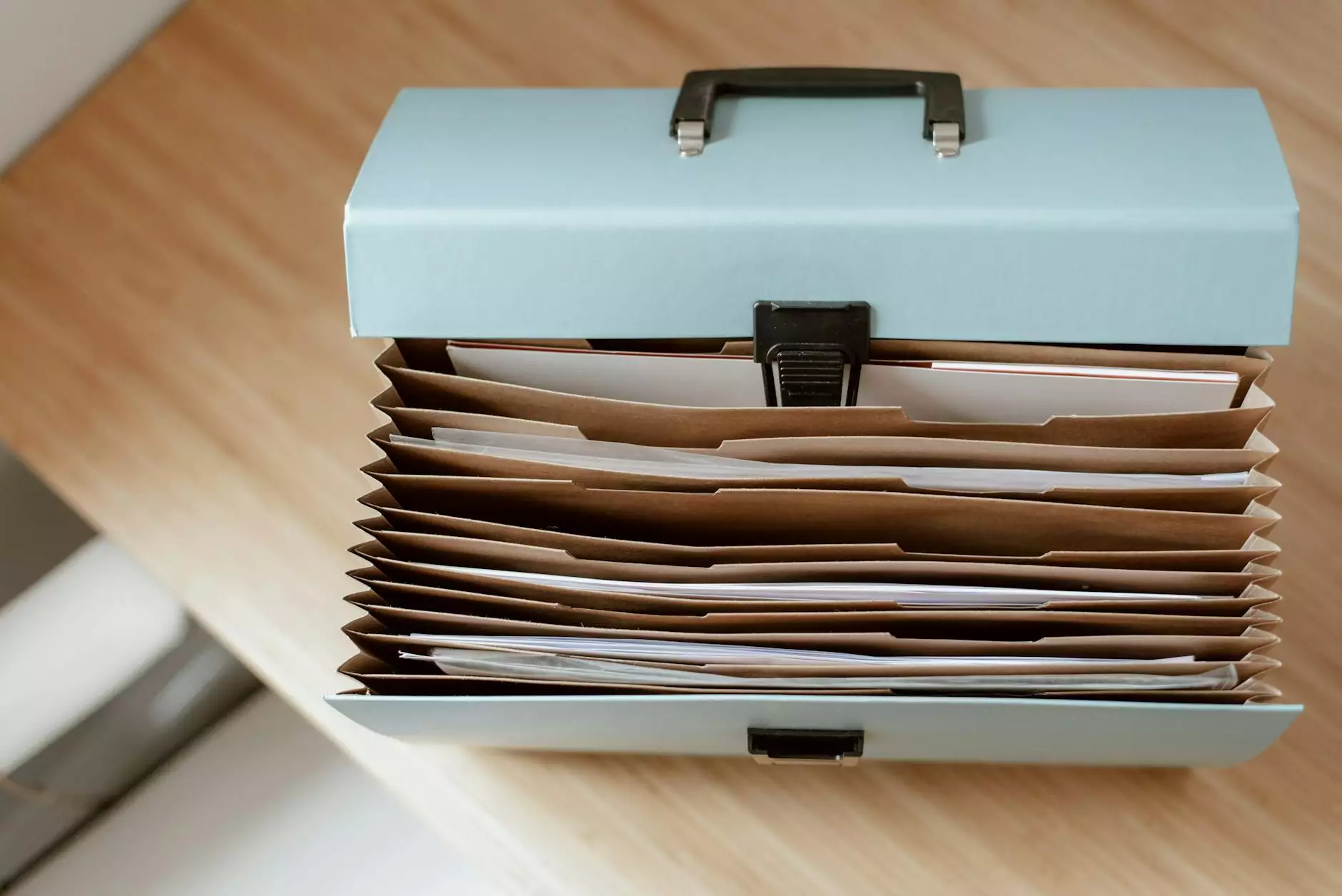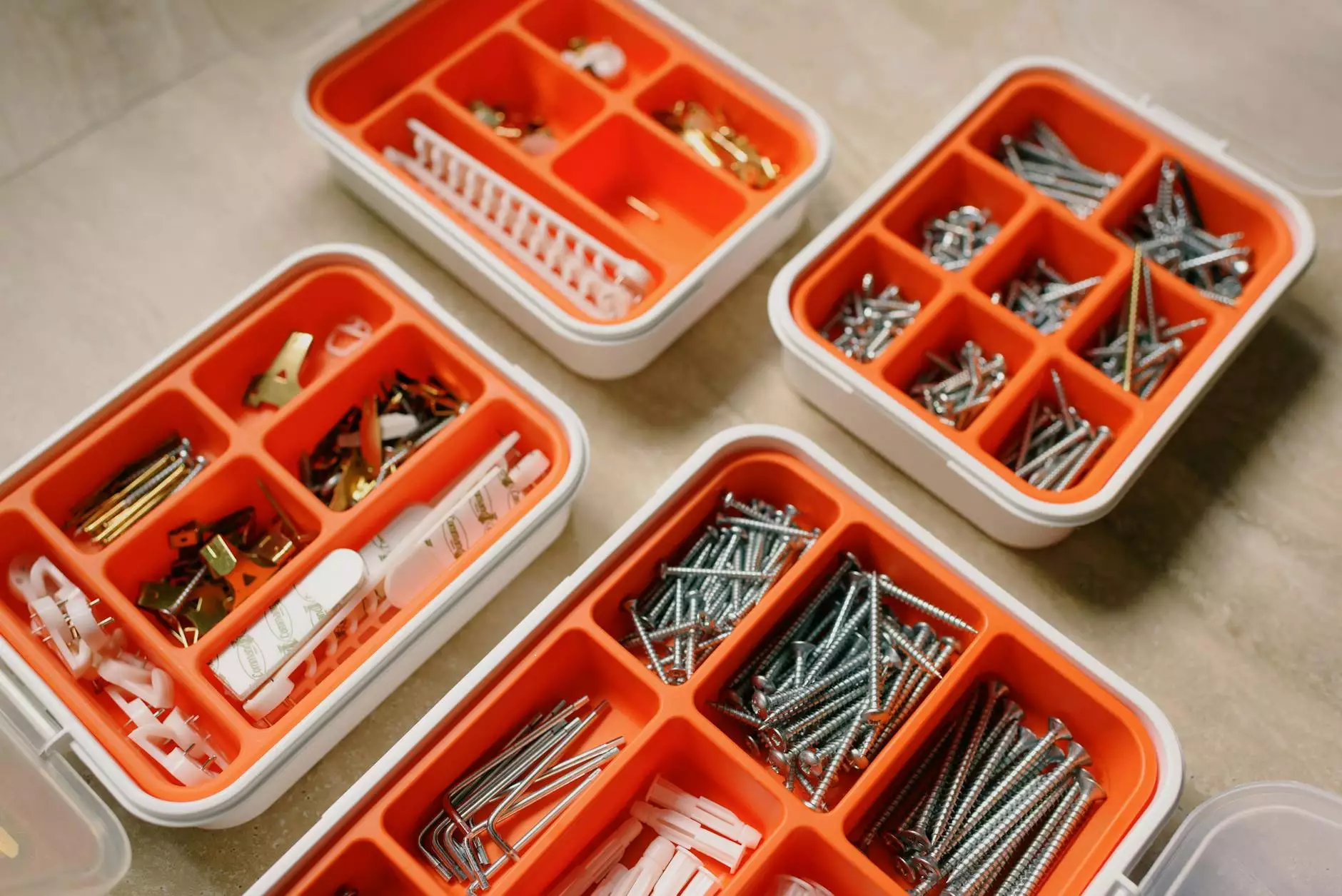How To Organize Files & Paperwork - Step-By-Step Project
Home Transformations
Introduction
Welcome to Best DIY Furniture Paint's comprehensive step-by-step guide on organizing files and paperwork in your office! At Best DIY Furniture Paint, we understand the challenges and frustrations of managing piles of paper, important documents, and various files in an office or home workspace. In this guide, we will provide you with expert advice and practical tips to help you streamline your filing system and maintain a clutter-free environment.
The Importance of Organizing Files & Paperwork
Effective file organization is essential for maintaining productivity and efficiency in any office or workspace. A well-organized filing system not only saves you time but also reduces stress and improves overall workflow. By implementing proper file and paperwork management techniques, you can easily locate important documents, reduce the risk of misplacing or losing them, and establish a sense of order in your work environment.
Step 1: Assess Your Current Filing System
Before diving into the organization process, it is crucial to assess your current filing system. Take a moment to evaluate how you currently store and categorize your files and paperwork. Identify any pain points or areas that need improvement. This step will help you plan and implement an effective organizing strategy tailored to your needs.
Step 2: Gather Supplies
To get started with organizing your files and paperwork, gather the necessary supplies. You will need:
- Filing cabinets or storage boxes
- File folders
- Labels
- Markers or pens
- Document shredder
- Storage containers
Step 3: Sort and Categorize
Begin by sorting through all your files and paperwork. Create categories based on the content, relevance, and frequency of use. Some common categories include:
- Financial documents
- Client or customer records
- Contracts and legal documents
- Administrative files
- Correspondence
- Reference materials
Assign each file to its respective category, ensuring that you create clear distinctions and avoid overlap. This step is crucial for maintaining a logical and easy-to-navigate filing system.
Step 4: Establish a Filing Structure
Now that you have categorized your files, it's time to establish a comprehensive filing structure. Consider the following tips:
- Create a main folder for each category
- Label sub-folders under each main folder for further organization
- Arrange files within the sub-folders in chronological or alphabetical order
- Utilize color-coded labels for quick visual identification
- Create a separate folder for documents that require immediate attention
Step 5: Purge and Archive
Regularly purging and archiving documents is a vital part of maintaining an organized filing system. Review your files periodically and determine which ones can be archived or discarded. Consider implementing a retention policy to ensure compliance with legal and regulatory requirements.
Step 6: Digital File Management
In today's digital age, it is essential to incorporate digital file management into your overall organizing strategy. Consider digitizing important documents and implementing a cloud-based storage system for easy access and backup. Ensure that your digital files are properly organized, labeled, and securely protected.
Conclusion
Congratulations! You have successfully organized your files and paperwork following Best DIY Furniture Paint's step-by-step project guide. By implementing a well-structured filing system, you have taken a significant step towards a more organized and productive work environment. Remember to maintain your filing system regularly and make adjustments as needed to ensure its continued effectiveness. Happy filing!










